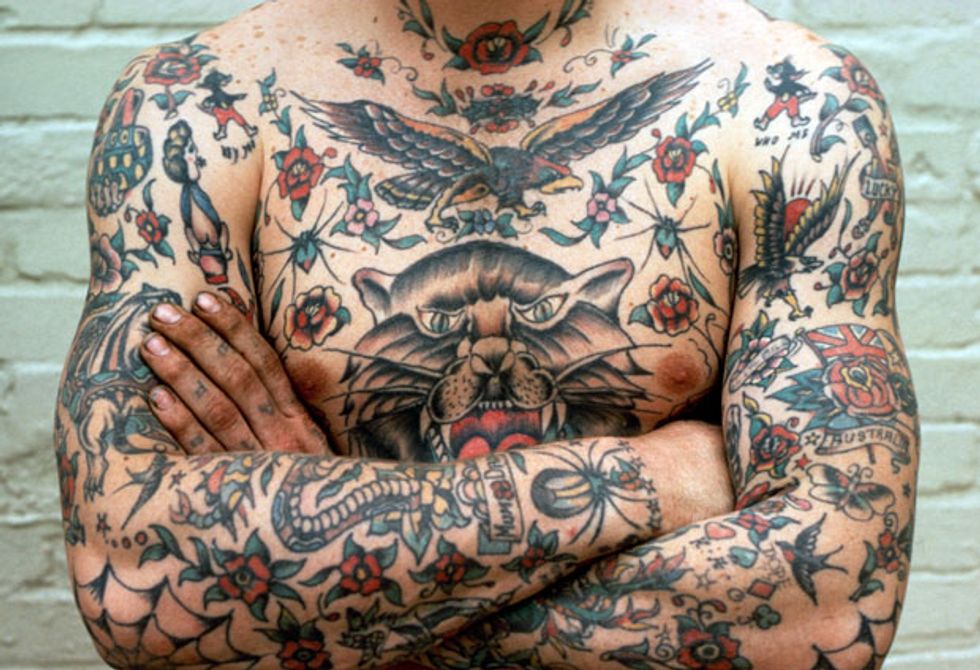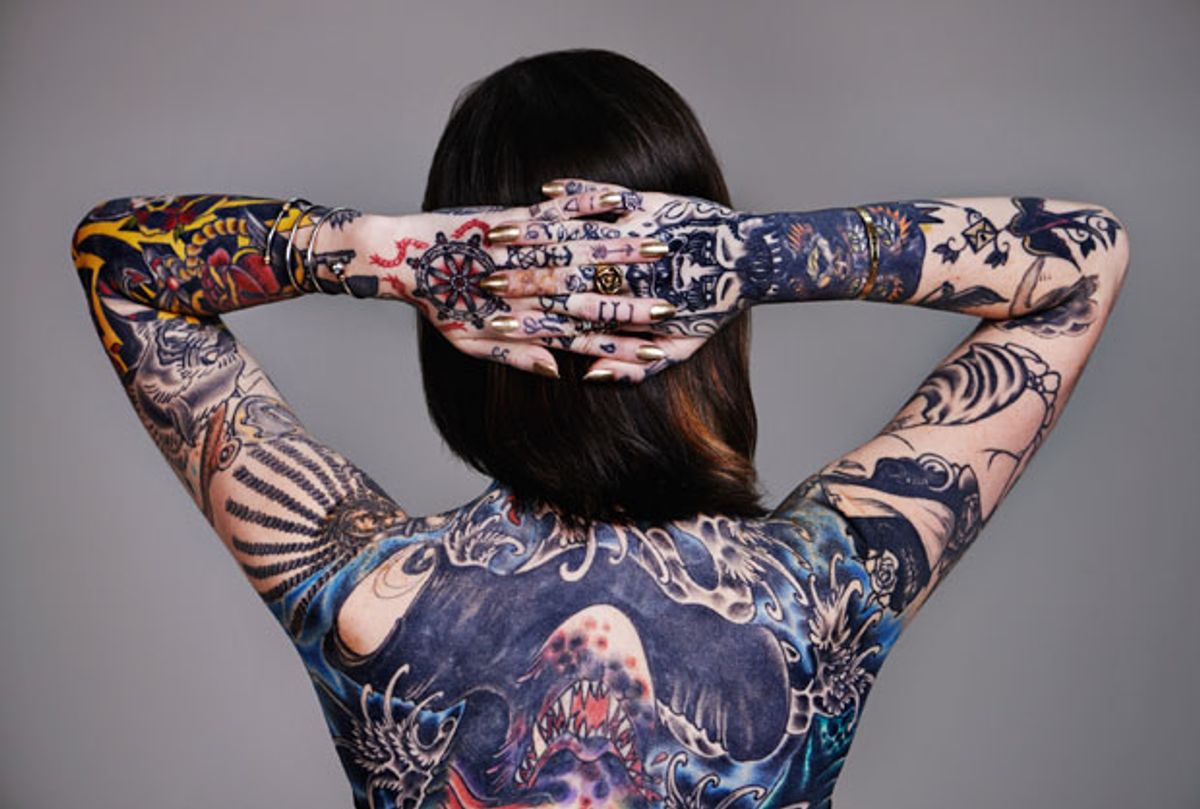Nothing makes a statement quite like a tattoo. And law enforcement in the United States increasingly uses them to help identify criminals and, sometimes, the victims of crime or natural disasters.
Today police take photographs of tattoos when suspects are booked, categorizing them using keywords defined in a biometric standard called ANSI-NIST-ITL 1-2011. The standard has eight main categories, such as “animal” and “plant,” as well as 70 subcategories, such as “cat,” “bird,” “flower,” and “leaf.” The FBI maintains a database of tattoos as part of its Next Generation Identification Program, but searching by keyword is problematic because the categories aren’t granular enough and different people often tag the same tattoo differently.
“It’s very subjective as to what each person sees within a tattoo,” says Eric Phillips, management and program analyst at the FBI’s Biometric Center of Excellence, in Clarksburg, W.Va.
The stylized letter D insignia of the Detroit Tigers baseball team, for example, is easily misinterpreted, says Mei Ngan, a computer scientist at the National Institute of Standards and Technology (NIST). One person might recognize it as the team’s emblem, but another might see it as just a letter, and yet another might consider it an abstract design.
That’s why the FBI would prefer to use image-based tattoo recognition technology. Rather than rely on keywords, it would use an algorithm to compare and match features extracted from the image itself. The FBI turned to NIST, which issued a challenge last fall to assess the state of the art of such technology. Six organizations participated, running their algorithms against a set of data provided by the FBI. The organizations were image-analysis and algorithm-development firm Compass Technical Consulting; the Fraunhofer Institute of Optronics, System Technologies and Image Exploitation; the French Alternative Energies and Atomic Energy Commission; nonprofit research contractor MITRE; security and identity tech firm MorphoTrak; and Purdue University.

In June, the six groups reported on how well their algorithms performed in five different types of searches. The algorithms did well in three of these searches, achieving success rates of 90 percent and above in detecting whether a given image contained a tattoo; identifying the same tattoo on the same person, over a span of time; and identifying a small segment of a larger tattoo.
The algorithms performed poorly—with hit rates as low as 15 percent—at two tasks: identifying visually similar tattoos on different people, and searching for similar tattoos across a variety of media, including sketches, scanned prints, and computer graphics.
The tattoo image algorithms are similar to those used in facial and other image-recognition technologies, says Anil K. Jain, a professor of computer science and engineering at Michigan State University, which licensed an algorithm developed by its researchers to MorphoTrak three years ago. The algorithms are all based on extracting key points in an image. However, where fingerprints have ridges and valleys, and faces have eyes and noses, tattoos have no standard features to identify and compare, he says.
(Jain recently proved that a person’s fingerprints remain basically unchanged over time. Surprisingly, this assumption had gone unproved despite the heavy reliance on fingerprints in criminal justice.)
Beyond highlighting the weakness in algorithms, the challenge demonstrated the need for improvement in two areas, says NIST’s Ngan. First, she says, law enforcement needs to develop best practices in how to collect tattoo images: Take separate photos of each tattoo on each forearm rather than one photo of both forearms, for example, and make sure clothing or jewelry does not partially obscure the image. Second, the biometrics industry must better define what in a tattoo image it wants the technology to compare. “We need to give the algorithms a better definition of what we consider to be similar,” Ngan says.
